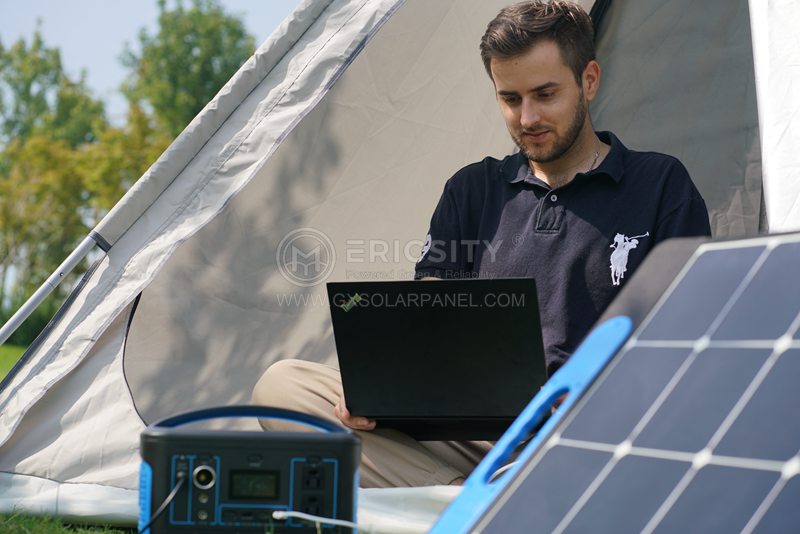HOT PRODUCT
Product Details
The Science Behind Flexibility: How Flexible Folding Panels Generate Power
Title: The Science Behind Flexibility: How Flexible Folding Panels Generate Power
Introduction:
In recent years, there has been a surge in the development of flexible folding panels as an alternative means of generating power. These innovative technologies have paved the way for more efficient and versatile energy solutions. This article explores the underlying science behind the flexibility of folding panels and how they generate power.
1. Understanding the Material Science:
Flexible folding panels are typically made from advanced materials that possess remarkable flexibility while maintaining their structural integrity. These materials include thin-film electronics, polymers, and composites. The key aspect lies in the unique composition and properties of these materials.
Thin-film electronics, such as amorphous silicon, conduct electricity while being extremely thin and bendable. Moreover, polymers like organic photovoltaics (OPV) exhibit strong mechanical properties, making them ideal for flexible applications.

2. Utilizing Nanotechnology:
The science behind flexible panels also leverages nanotechnology to enhance their functionality. By engineering nanostructures within the panel’s material, novel properties can be achieved. For instance, carbon nanotubes can be embedded to improve electrical conductivity, making the panel more efficient at capturing solar energy.
Nanotechnology also allows for the creation of nanowires and nanoparticles that enable customization of photonic and electronic properties. These advancements enhance the overall performance and reliability of flexible folding panels.
3. The Role of Photovoltaic Cells:
The heart of flexible folding panels lies in the integration of photovoltaic cells. These cells contain semiconducting materials that have the ability to convert sunlight into electricity. The efficiency of these cells will determine the overall power output.
Typically, flexible folding panels utilize two types of photovoltaic cells: crystalline silicon cells and thin-film cells. Crystalline silicon cells offer higher conversion efficiency but have limited flexibility. On the other hand, thin-film cells provide greater flexibility but with slightly lower efficiency.
4. Incorporating Foldable Designs:
To take advantage of the flexibility, folding panels are designed to be easily foldable, allowing them to adapt to different orientations and environments. The folding mechanism is carefully engineered to minimize strain on the panels and ensure reliable operation even when undergoing repeated folding and unfolding processes.
Moreover, advancements in flexible circuitry and the use of flexible connectors enable seamless integration between the folded segments of the panels. This ensures that the electrical connections are maintained, allowing power to flow uniformly across the entire system.

5. Applications and Benefits:
The flexibility of folding panels opens up numerous applications, making them suitable for both stationary and portable power generation needs. They can be used on rooftops, tents, vehicles, or even as wearable technology.

The benefits of flexible folding panels are extensive. Firstly, their adaptability allows for deployment in various settings, maximizing energy capture. Secondly, the lightweight and compact nature of these panels make transportation and installation more convenient. Lastly, their resilience to harsh environmental conditions ensures a prolonged lifespan.
Conclusion:
The science behind flexible folding panels showcases how innovative materials, nanotechnology, and photovoltaic cells work together to generate power efficiently. These advancements have transformed energy generation, presenting new opportunities for sustainable and versatile renewable energy solutions. As the technology continues to develop, we can expect even greater flexibility and improved performance from folding panels, revolutionizing the power industry.




